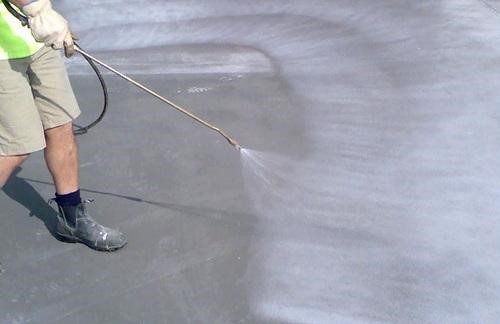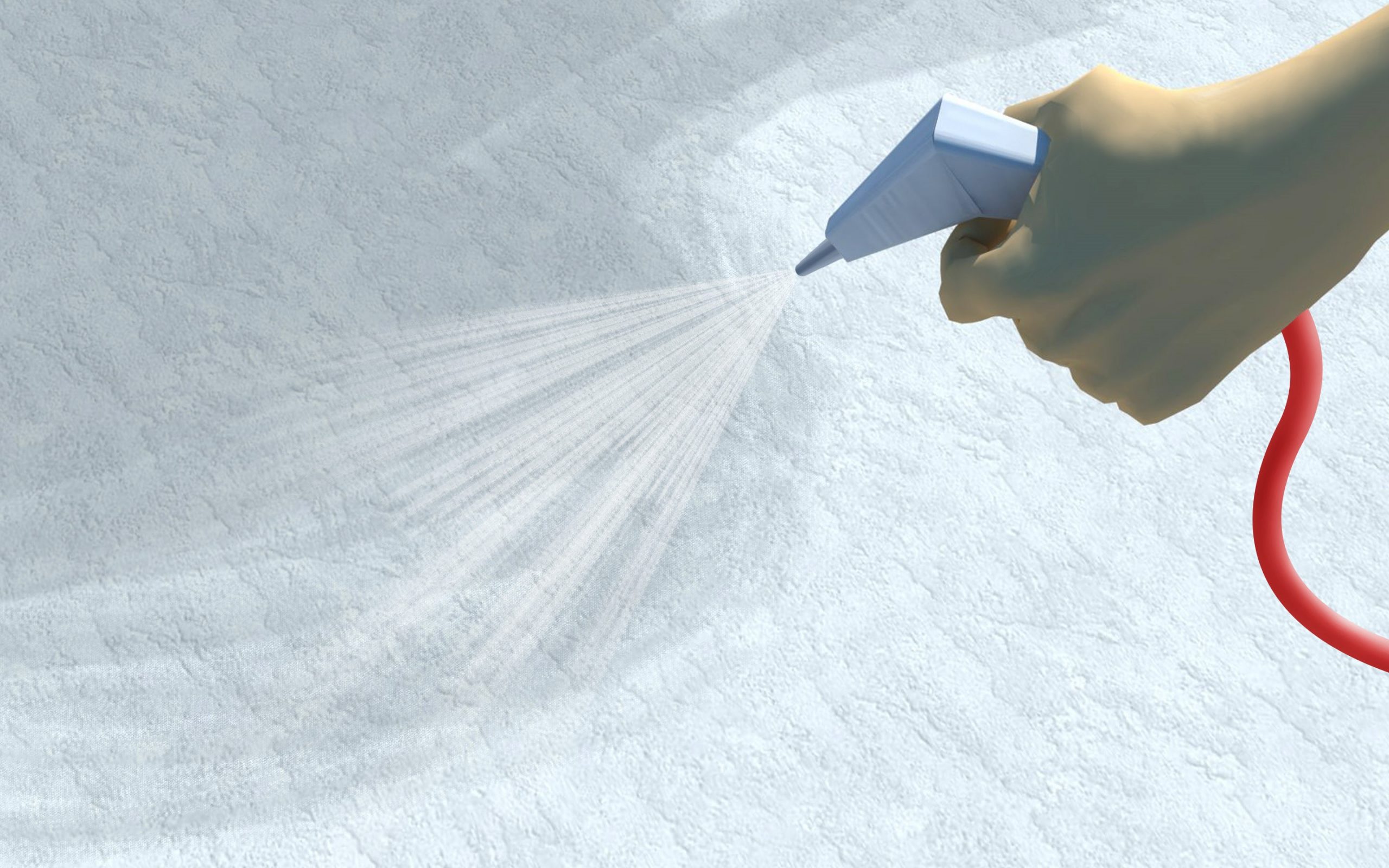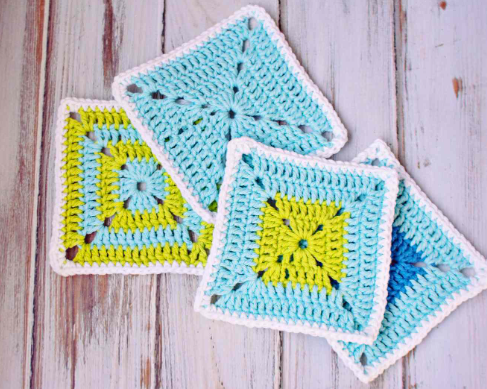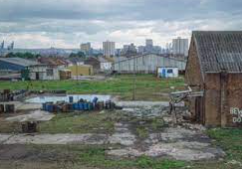There is much more to the production of concrete than you might think. Have you ever pondered what this process involves? It’s an essential element of the concrete-making process for tough, resilient concrete, however, what is involved and why must it happen?
When water is added to cement, hydration occurs, which is a chemical reaction. During the course of time, this hydration process between water and cement turns into a compound of calcium silicate hydrate. This is a fancy name for the glue that makes the cement stick together. It becomes a binding agent, holds the aggregate together and forms a hard, solid substance which we rely for our roads, driveways and buildings. Other compounds are also formed during this hydration process, but they do not make a strong cement such as calcium silicate compound.

For Ready Mix Concrete Derby, visit a site like Best Mix, a provider of Ready Mix Concrete Derby.
Curing is needed to keep this important process of hydration. It maintains moisture levels deep in the concrete to allow the hydration process to continue. You would not imagine so much happens after the concrete has been laid! If moisture and unhydrated cement are present in the concrete, it will continue to harden, stronger and more solid. In short, curing is a method of keeping the cast concrete moist, so that the hydration process can continue.

As concrete continues to hydrate, porosity decreases as it gets stronger. The reason that this is important is that the newly laid concrete is much more porous than the older concrete, which has had longer to hydrate.



